Welcome to my guide on the latest features of Lightroom Classic CC. Adobe recently released a major update that brings many improvements and new features. In this guide, I want to show you what you can take away from this update and how you can use these new tools to optimize your photo editing. Whether you are a beginner or an experienced user, you will find valuable information and tips here.
Key Takeaways
- Color labels help you organize projects and images more easily.
- The panorama merge function has been enhanced, with new options like boundary filling.
- Exporting images has been simplified, allowing for multiple variations in a single step.
- Improved synchronization functions make editing on mobile devices easier.
- More export options, especially in the mobile app.
Color Labels for Folders and Collections
The first new feature I want to introduce to you is the color labels for folders and collections. You can now add a color designation to individual folders or collections, making organization significantly easier for you.
For example, if you mark your 2014 folder with green and your 2015 folder with yellow, you can easily see at a glance which shoots have already been completed or which ones still need editing. This way, you can keep track without having to search for a long time.

Improved Panorama Function
One of the biggest innovations is the improved panorama merge function. You can now merge images into a panorama and have various options to achieve the best result.
To create a panorama, select the respective images and either press Control + M or choose the "Photo" menu and select "Merge to Panorama". A dialog window will open to create your panorama.
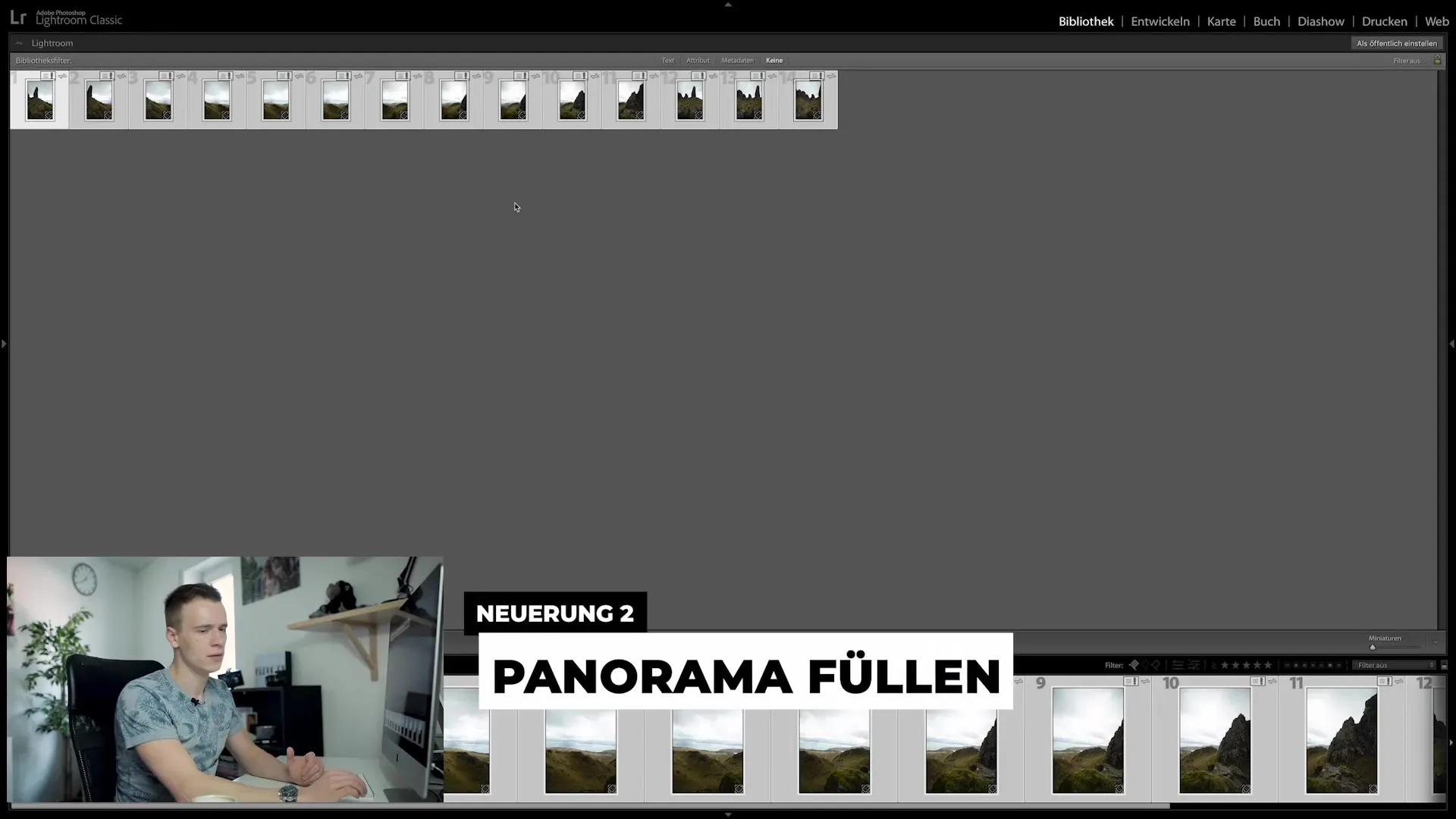
After creation, you may see white edges, which you can fix with two methods:
- Click on "Auto Crop" to automatically crop the image.
- Use the "Boundary Warp" feature to transform the image so that the edges match the image borders.
Alternatively, you can use the new "Fill Edges" function, which offers content-aware filling similar to what you know from Photoshop. While it may not always be perfect, it often delivers good results and saves you a lot of time.
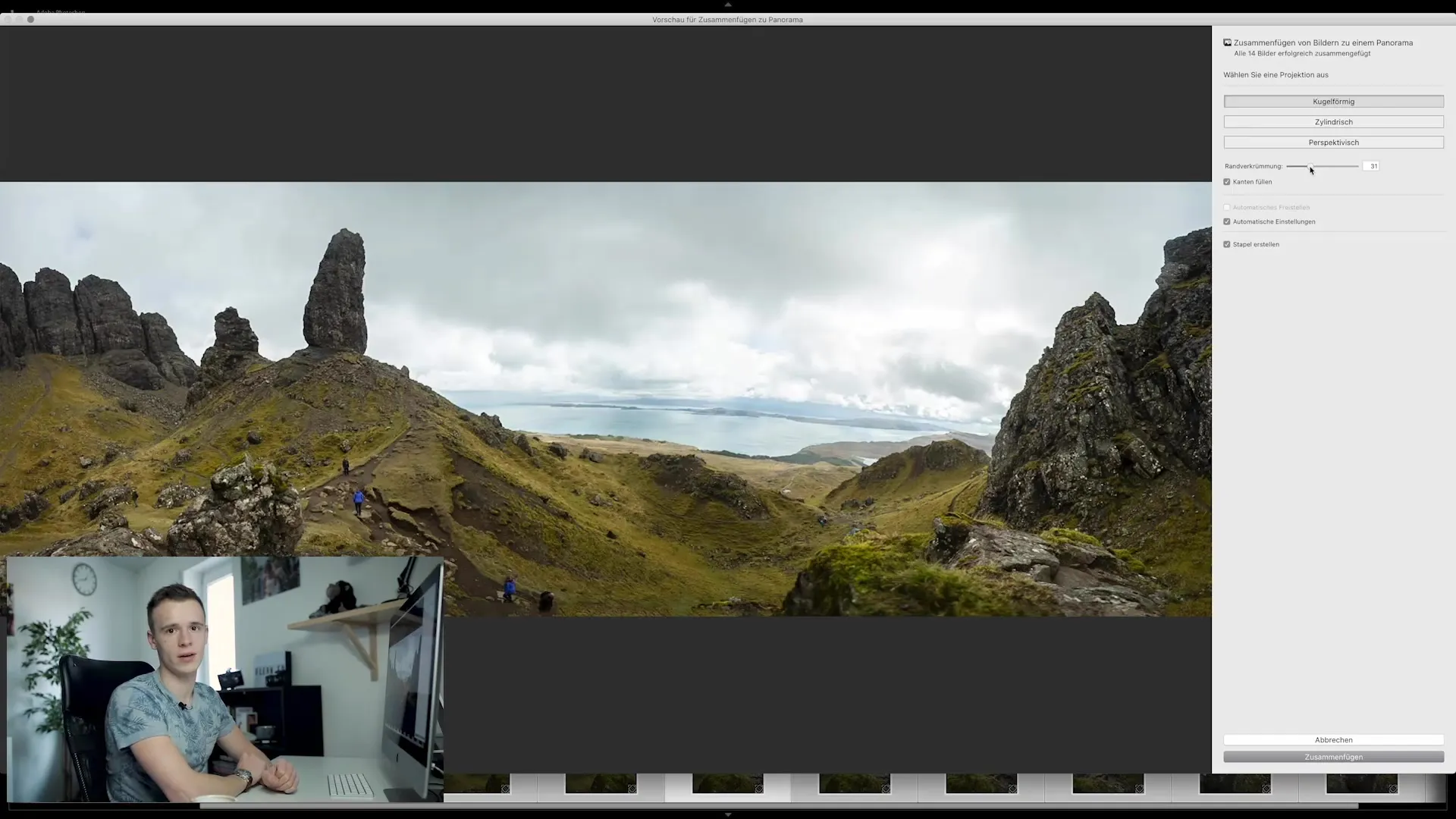
Streamlined Image Export
Another highlight is the new option to export images more efficiently. You can still choose "Export" from the context menu, but now there are new options to better organize individual export settings.
I recommend naming your presets so that you can distinguish them better. For example, if you want to export for Instagram, you can rename the preset to "Instagram" and set specific subfolders for different platforms as needed.
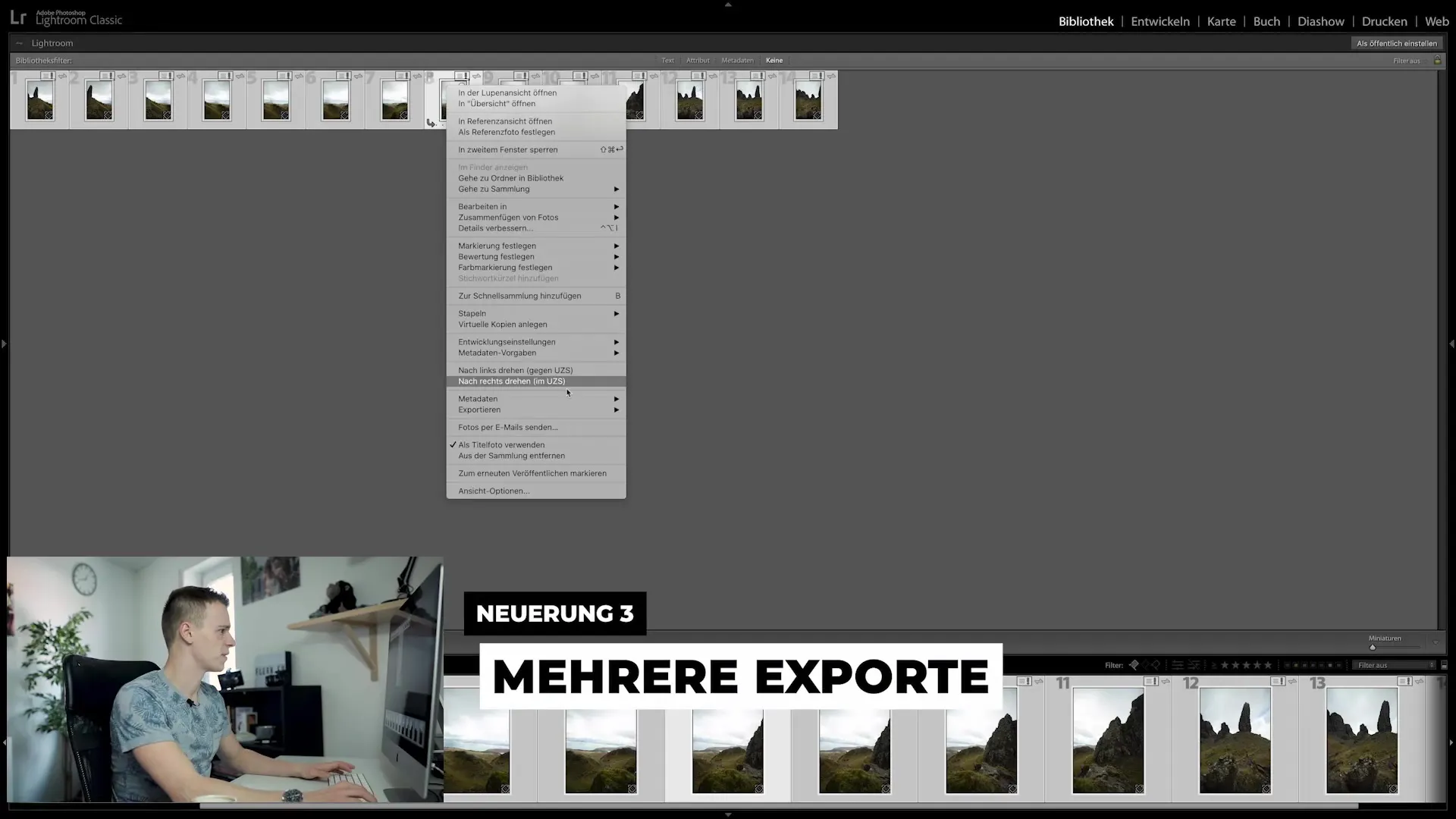
With this new export function, you can export multiple variations of an image at once without having to select each variant individually. You simply check the desired export formats, and Lightroom takes care of the rest. This is particularly useful when you need the same images for different social media platforms.
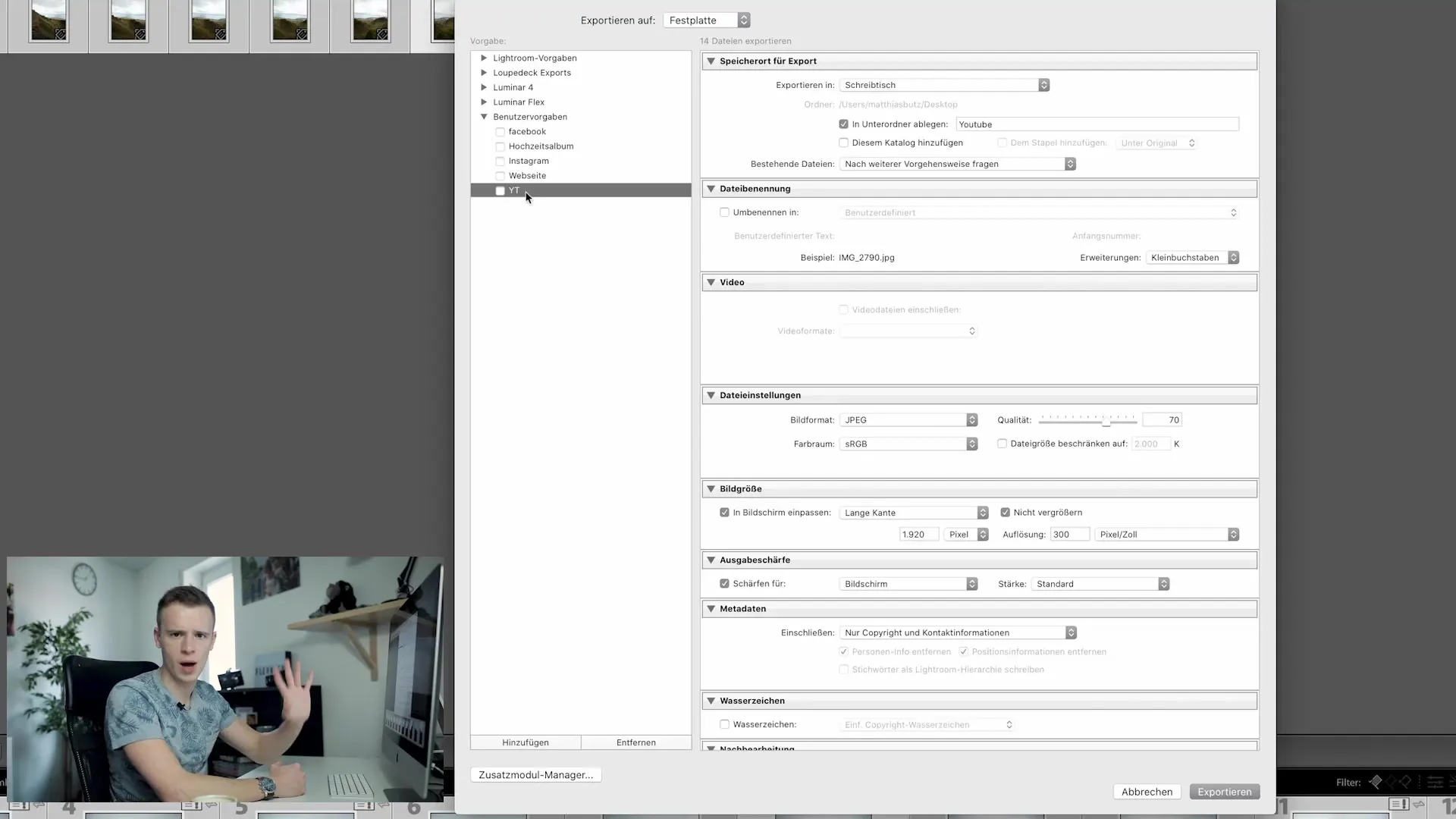
Syncing on Mobile Devices
Mobile editing has also been improved. When working on your iPad or other mobile device, you can now synchronize edited images and apply the same settings to multiple images.
You can click on your edited image, copy the settings, and then apply them to the desired images. This makes editing on mobile devices much more convenient, especially when you are on the go.
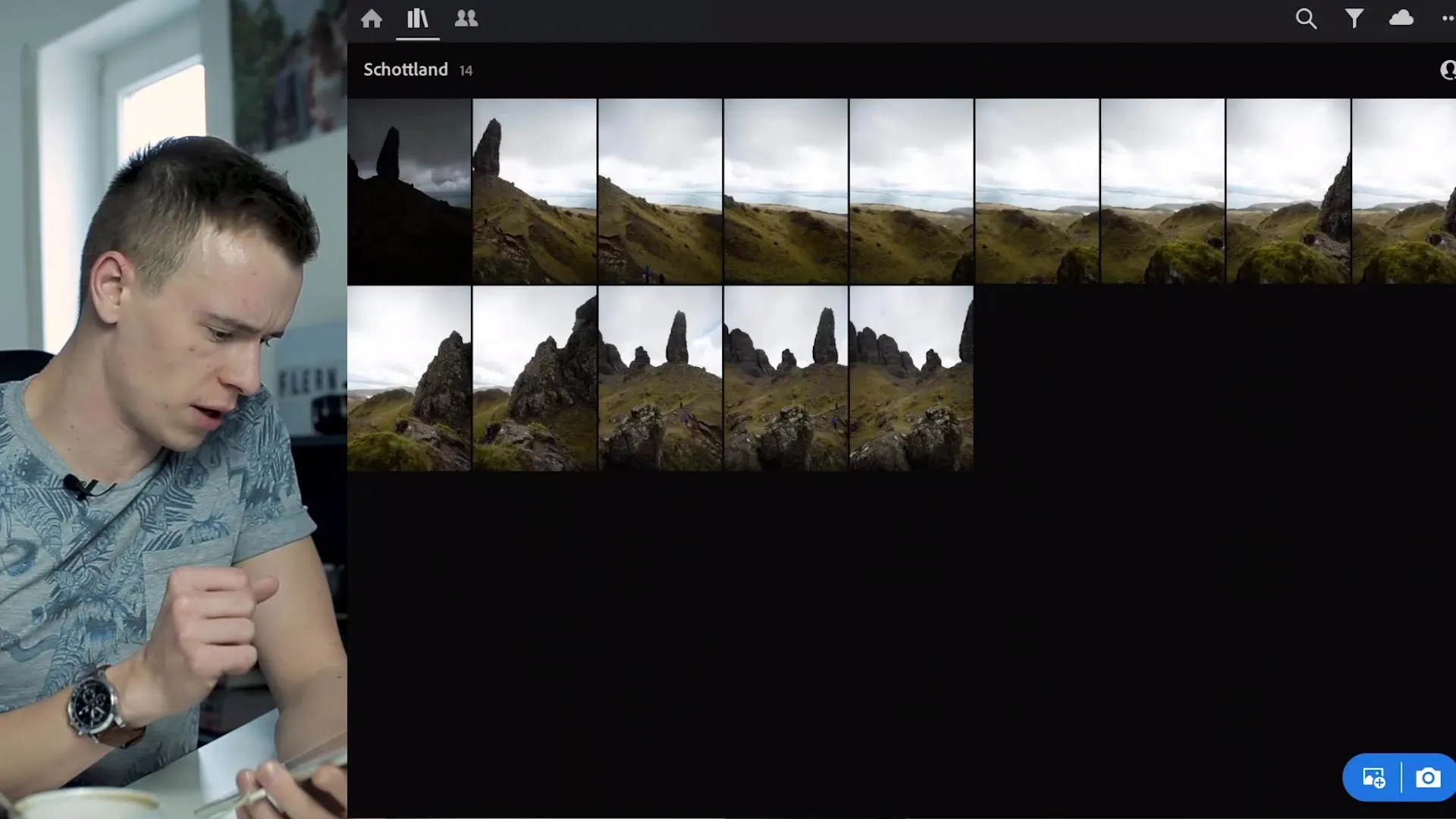
Simplified Export in the Mobile App
Another improvement is the enhanced export dialog in the mobile app. While the mobile version previously offered limited export options, you now have the ability to choose from various formats such as JPEG or TIFF. You can adjust the dimensions, customize the quality, and modify copyright settings.
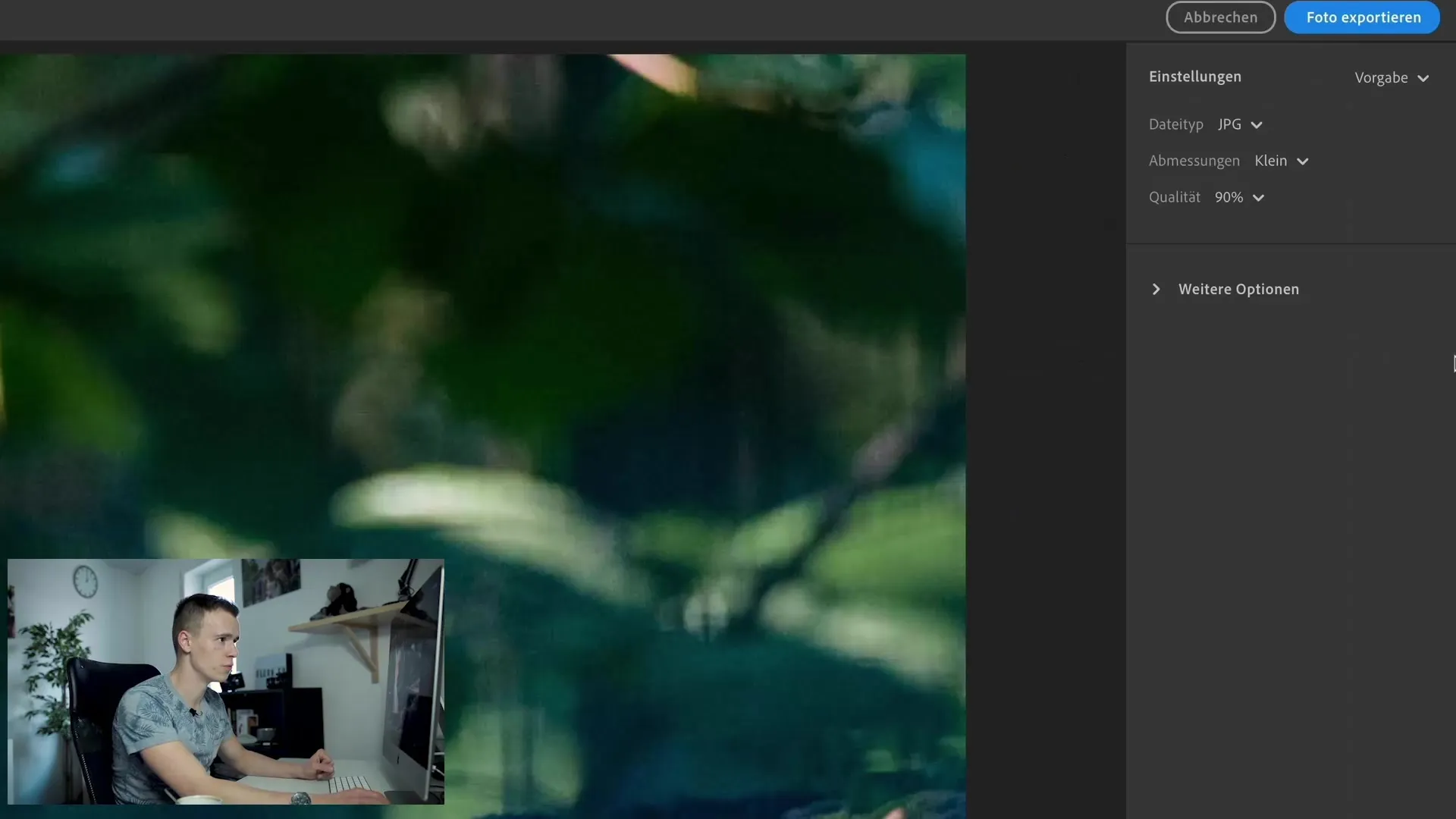
This is a major step towards a fully functional workflow, even if you only have your mobile device available.
Summary
In this article, we have highlighted the key innovations in Lightroom Classic CC. You have learned how to use color labels for better organization, how the panorama feature has been enhanced, and how you can optimize your export efficiency. Mobile editing and synchronization are now easier than ever, providing you with greater flexibility in your creative workflow.
Frequently Asked Questions
How can I add color labels to my folders?To add color labels, simply right-click on the folder and select the desired color.
What are the new options for merging panoramas?You can now use automatic cropping, boundary warp, or edge filling to achieve better results.
How can I export multiple image variants simultaneously?Check the desired export formats in the export dialog and click on "Export".
Can I synchronize my editing settings across multiple images?Yes, select an edited image, copy the settings, and paste them onto the desired images.
What options do I have when exporting in the mobile app?In the mobile app, you can choose from various formats, adjust the dimensions, and customize the image quality.

